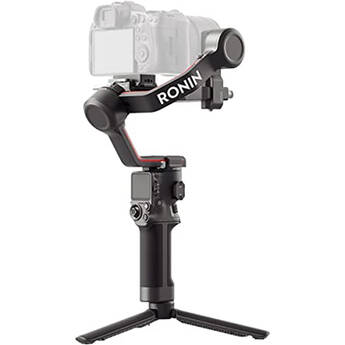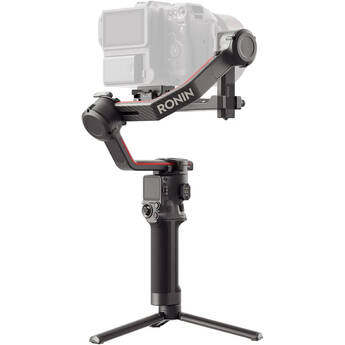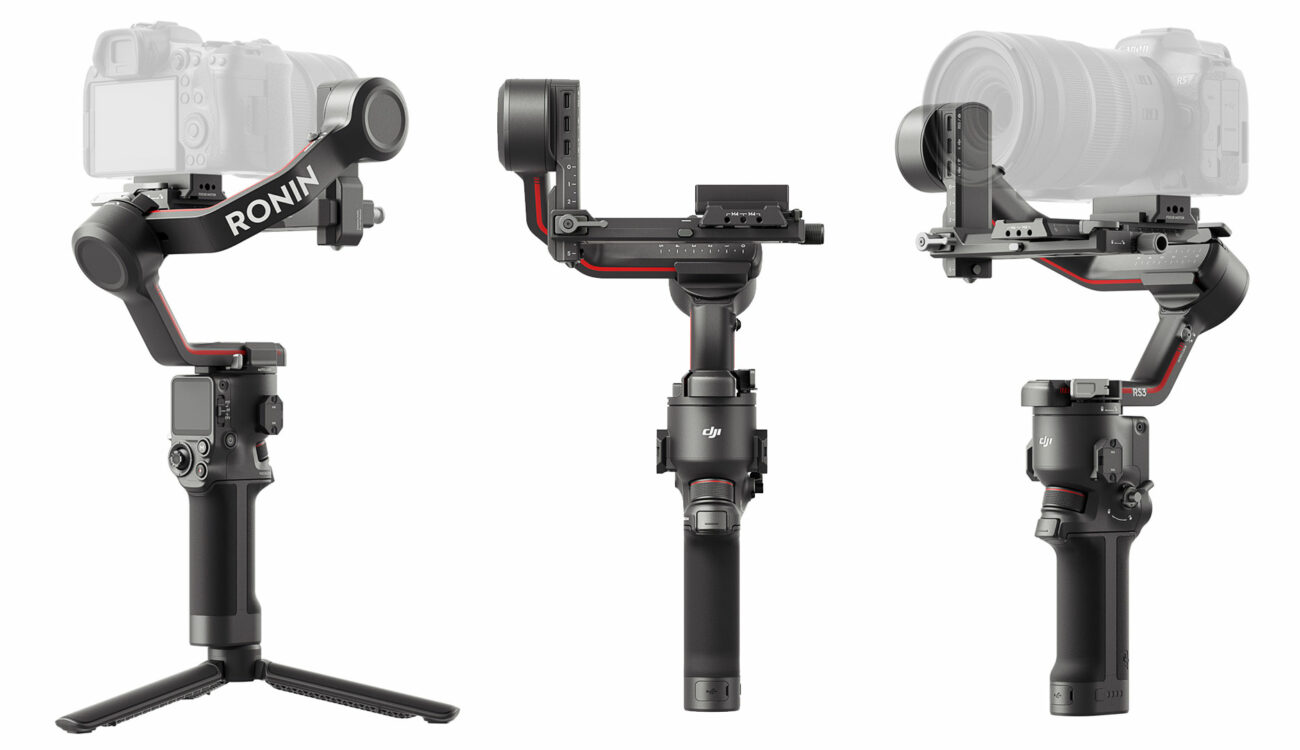
The new DJI RS 3 (RSC 2 successor) can carry payloads up to 3kg (6.6 lbs), claims to have a 20% improved stabilizing performance, a larger 1.8″ OLED touchscreen, and an automatic axis locks. The DJI RS 3 Pro (RS 2 successor) can carry payloads up to 4.5kg (10 lbs) and offers the same new features as the RS 3 plus longer arms for larger cameras, a LiDAR focusing system, DJI Transmission, and a variety of accessories and mounting options. All the gimbals are available now starting at €549.
The Chinese tech giant DJI announces a bunch of new stuff today. In this article, I will focus on the two new one-handed gimbals – the DJI RS 3 and RS 3 Pro. The last new product, the DJI Transmission is covered in a separate article, so make sure to check that one out as well. Now, let’s dive into the gimbals, shall we?
The Ronin situation
The first DJI Ronin handheld stabilizer already dates back to 2014 and we have seen a huge development since then. The last update to DJI’s handheld stabilizers lineup was the announcement of the DJI RS 2 and RSC 2 back in October 2020. Both gimbals became fairly popular and especially the larger RS 2 found its way into diverse rigs, car mounts, steadycam combos, and so on. For heavier setups, DJI still offers the Ronin 2, which was announced back in 2017 and still remains strong and popular with pros. We still have to wait for its successor.
Talking about the Ronin family: in October, DJI unveiled a new camera for professionals, the Ronin 4D – check our review and lab test of this 4-axis stabilized full-frame beast, which kind of created a new category of filming tools. Back to regular gimbals – let’s take a look at the specs and features of the new RS 3 and RS 3 Pro.
The Art of Visual Storytelling
DJI RS 3 – new compact gimbal
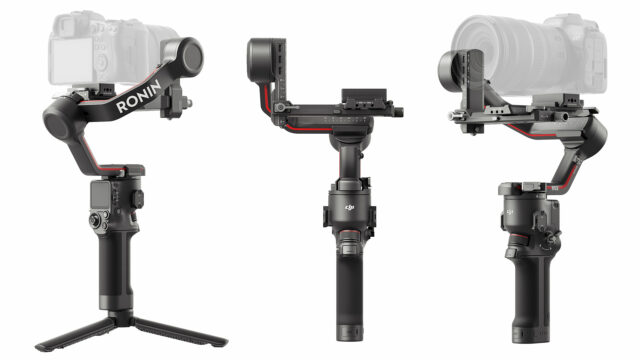
The first new gimbal is called DJI RS 3. The naming is a bit tricky, but judging from its specs, it seems that this gimbal is the successor to the RSC 2 and not the RS 2. The weight of the device is 1.3kg (2.8 lbs) while the tested payload capacity is just under 3kg (6.6 lbs). DJI claims that the RS 3 has a 3rd-Gen stabilization algorithm that provides a 20% improved performance over the RSC 2. That should make it easier to shoot at low angles, while running, or when filming from a moving vehicle.
The gimbal now has automated axis locks that will unlock and unfold all the arms automatically after turning the gimbal on. The so-called SuperSmooth mode should help stabilize longer focal lengths up to 100mm. Tapping the power button once will send the device into sleep mode, which makes powering on the device, stowing it away, and relocating much faster. There’s also no need for repetitive balancing with position memory via quick-release plates. Furthermore, the addition of a Bluetooth Shutter Button supports automatic connection without the need to connect a camera control cable.
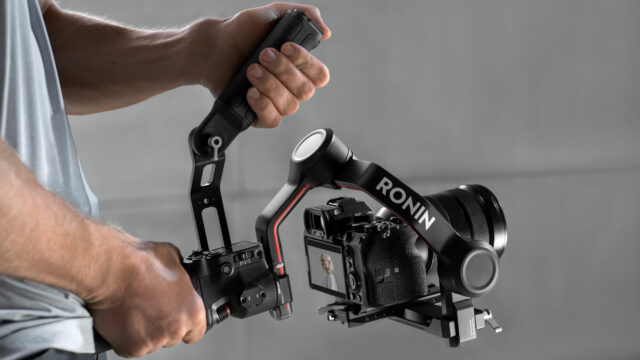
To control the gimbal, the RS 3 features a new 1.8″ OLED touchscreen that is much larger than the one of the RSC 2. There is also a physical gimbal mode switch that can slide to alternate between pan follow, pan and tilt follow, and FPV modes. The battery of the RS 3 provides up to 12 hours of operation and it also supports PD fast charging at 18W. The battery can be charged independently or during use.
DJI RS 3 Pro – longer arms and LiDAR focusing
DJI claims they have redesigned the arms of the gimbal and used one uncut piece of carbon fiber to keep the weight low and the gimbal arms stronger. These are now also longer to easily accommodate cameras such as the Sony FX6, Canon C70, and RED Komodo. The RS 3 Pro weighs 1.5kg (3.3 lbs) and its tested payload capacity is 4.5kg (10 lbs), which is the same as with the RS 2. Just like the RS 3, the Pro version also features the automated axis locks, Bluetooth Shutter Button, 1.8-inch OLED touchscreen, and a gimbal mode switch.
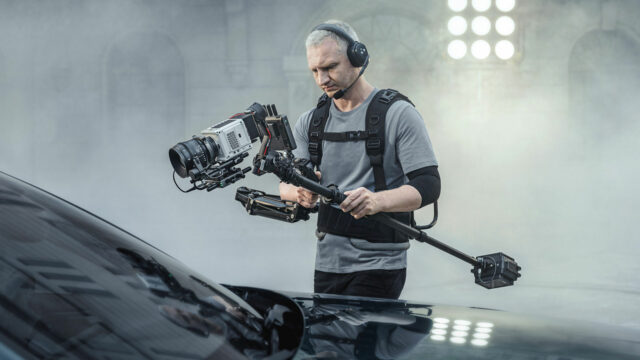
The good news is that, same as the Ronin 4D, the DJI RS 3 Pro supports the LiDAR range finder system to equip manual lenses with autofocus capability. According to DJI, the LiDAR system projects 43,200 ranging points within a 14-meter indoor area to provide an accurate 3D map for the autofocus. Additionally, the range finder has a built-in 30mm camera that enables ActiveTrack Pro for sensitive target identification and tracking.
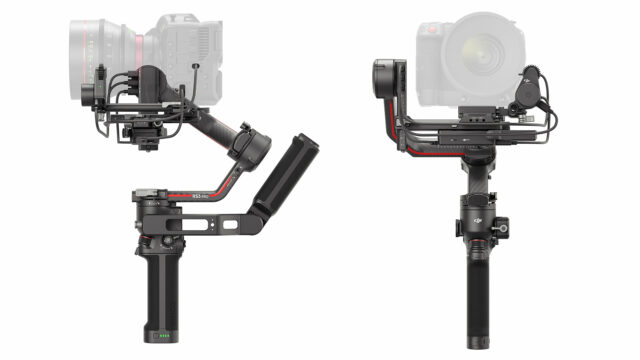
With its dual RSA/NATO port and battery port, RS 3 Pro can connect to various accessories, such as the new Briefcase Handle, Twist Grip Dual Handle, and Tethered Control Handle. The RS 3 Pro will also work well with the DJI Transmission system, as the monitor acts as a motion controller for the gimbal.
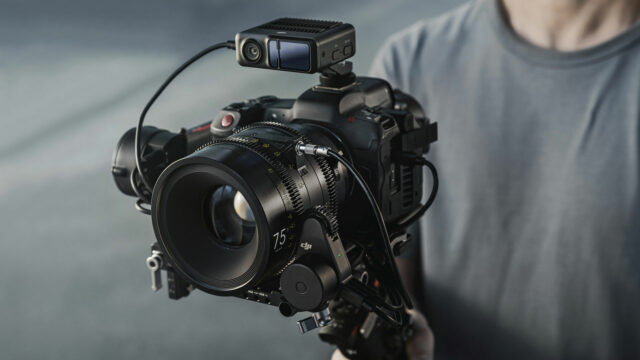
Zenmuse X9 extension cable & L-Mount alliance
As we informed you previously, the DJI Ronin 4D will internally offer the Apple ProRes 4444 XQ codec instead of the previously announced ProRes RAW. Talking about the Ronin 4D, the good news is that the Zenmuse X9 will now get an extension cable that will allow operating the stabilized sensor head separately from the heavy camera body. While we still have to wait for the new generation of professional drones that will be able to carry the X9, this is a welcome addition, too.
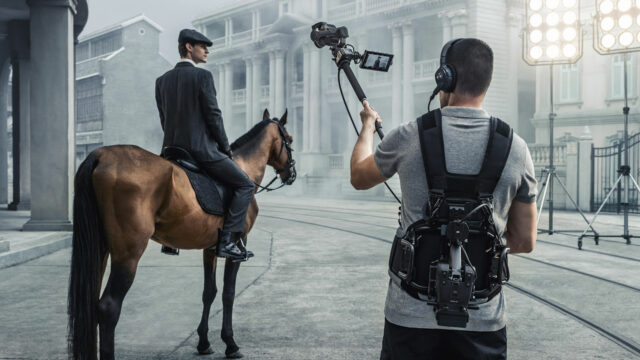
Another new announcement from DJI is that they are joining the L-Mount alliance today. The first product that symbolizes this act is the Zenmuse X9 L-Mount unit that enables using L-Mount lenses on the Ronin 4D camera. I am curious to see what else DJI is planning to introduce for the L-Mount, in the future.
Price and availability
Both the DJI RS 3 and DJI RS 3 Pro are available now, and they each come in two versions – standalone and combo.
The standalone DJI RS 3 retails for around €549 (with VAT) and includes one Gimbal, BG21 Grip, USB-C charging cable, lens-fastening support, extended grip/tripod (plastic), quick-release plates, multi-camera control cable, and screw kit.
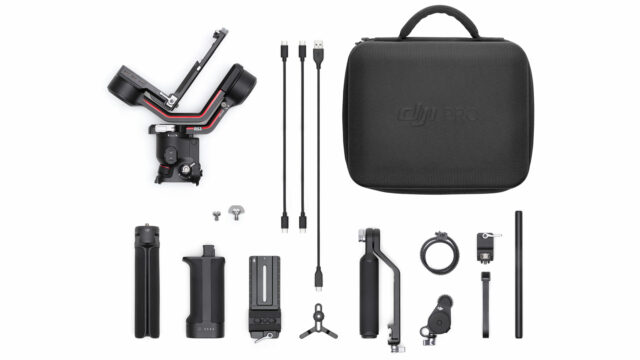
The DJI RS 3 Combo retails for around €719 (with VAT) and additionally includes one briefcase handle, focus motor (2022), focus motor rod kit, focus gear strip, a second multi-camera control cable, and one carrying case.
The standalone DJI RS 3 Pro retails for around €869 (with VAT) and includes one gimbal, BG30 Grip, USB-C charging cable, lens-fastening support (extended), extended grip/tripod (metal), quick-release plates, briefcase handle, multi-camera control cable, screw kit, and carrying case.
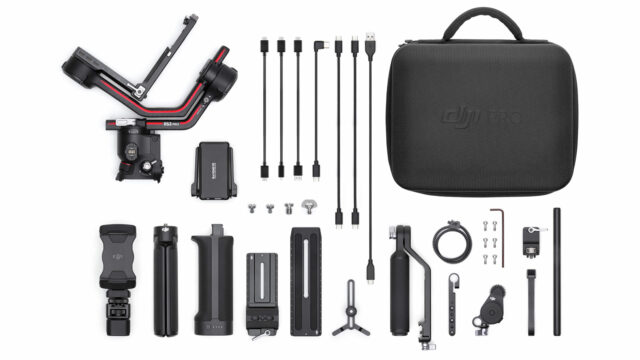
The DJI RS 3 Pro Combo retails for around €1,099 (with VAT) and additionally includes one extended quick release plate, phone holder, focus motor (2022), focus motor rod kit, focus gear strip, Ronin image transmitter (previously known as the DJI RavenEye Image Transmission System), two hook-and-loop straps, and additional cables.
Do you use DJI Ronin handheld stabilizers for your work? What do you think about the new DJI RS 3 and RS 3 Pro? Let us know in the comment section underneath the article.



